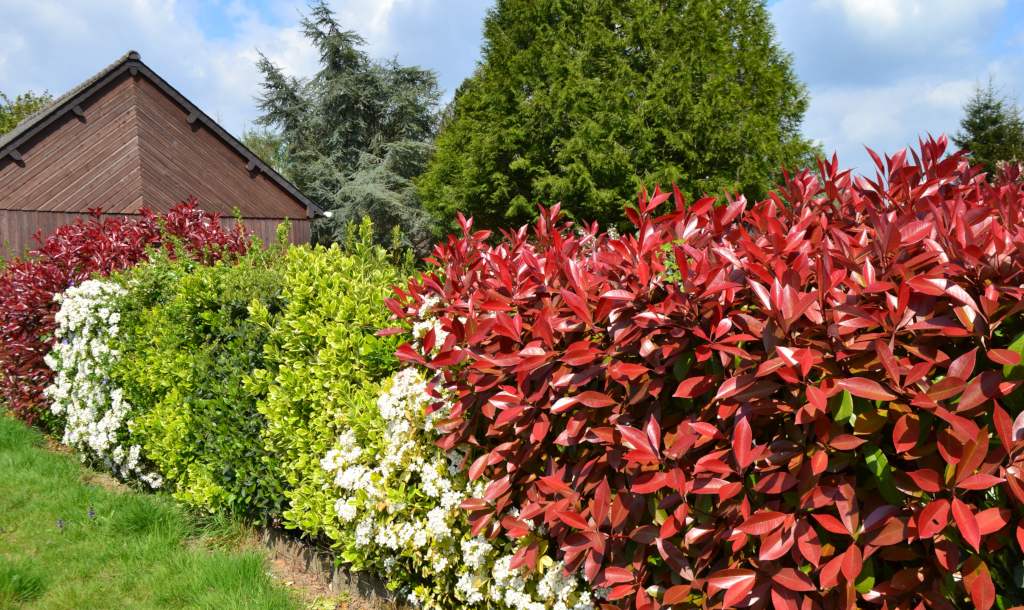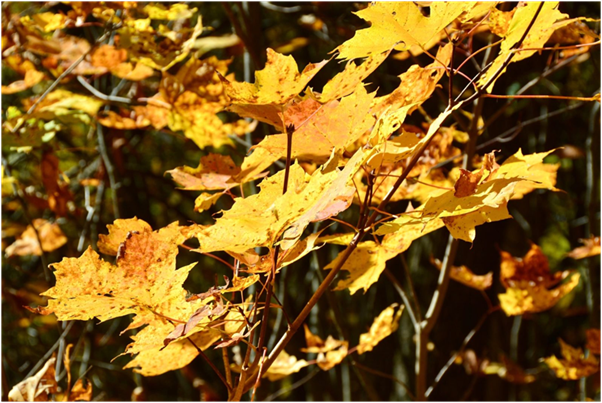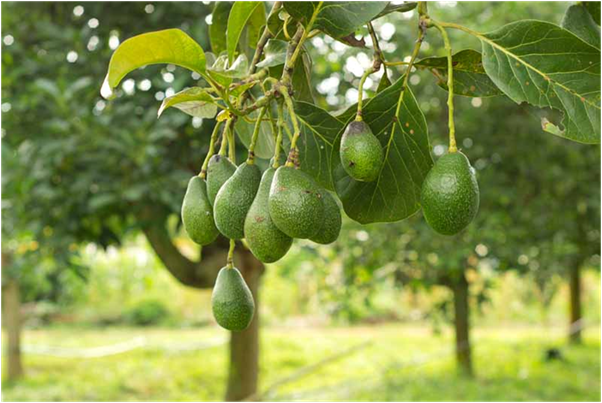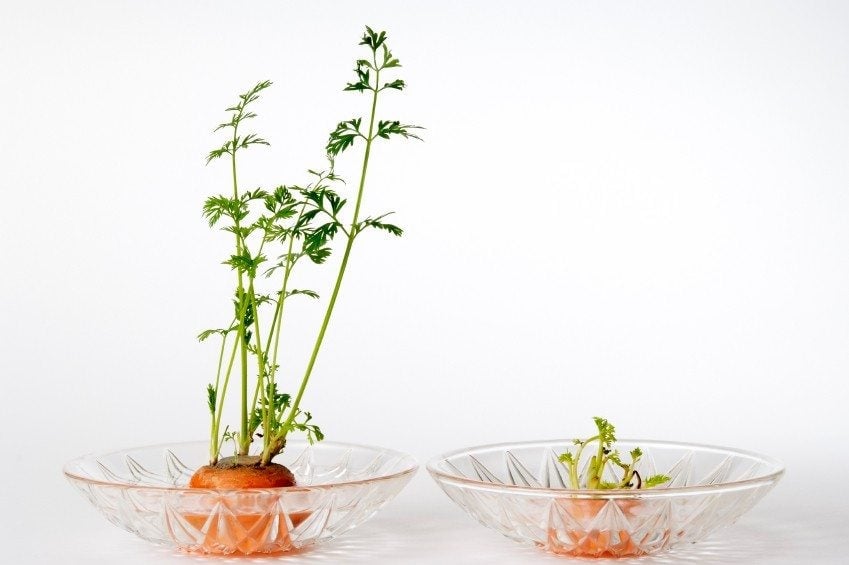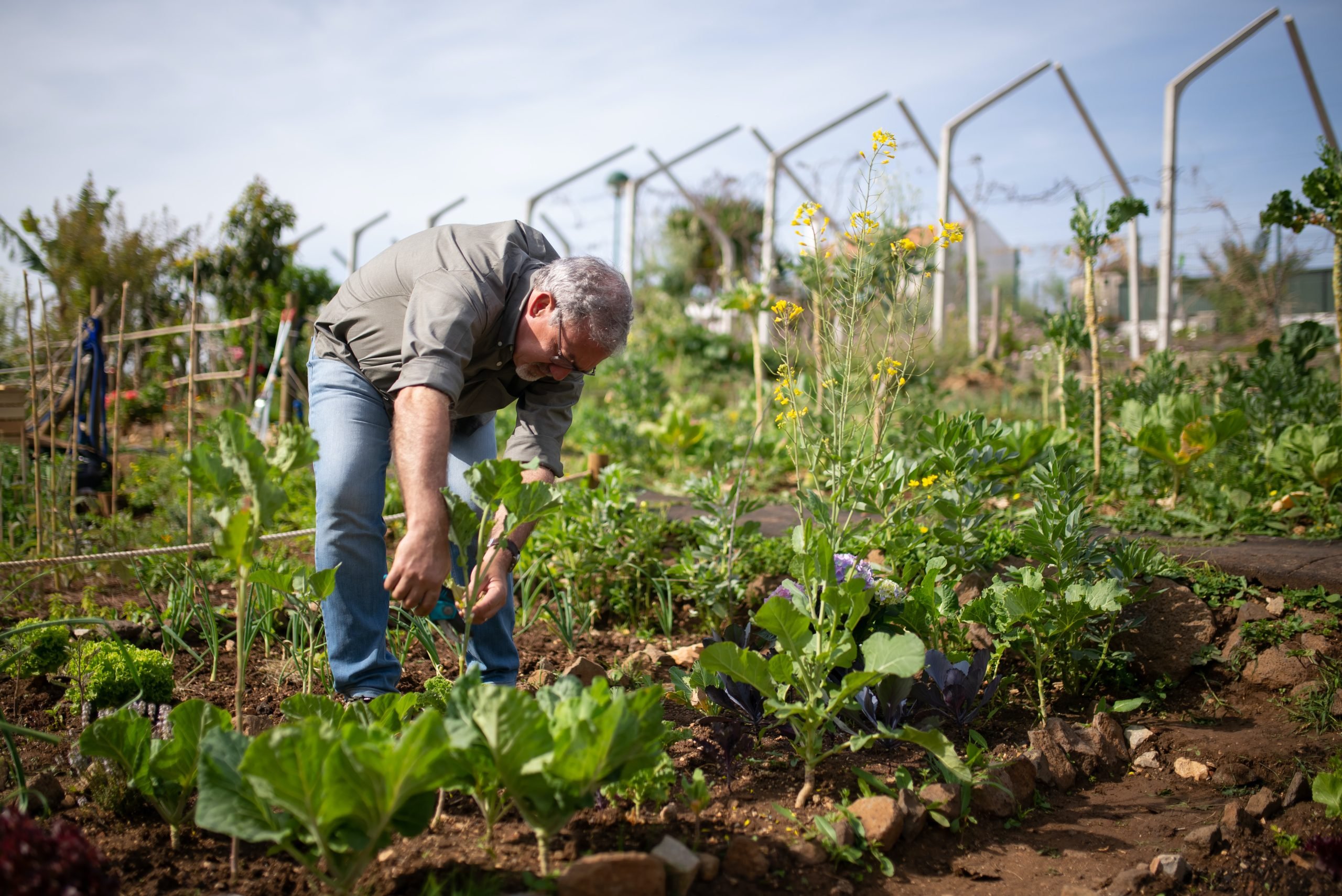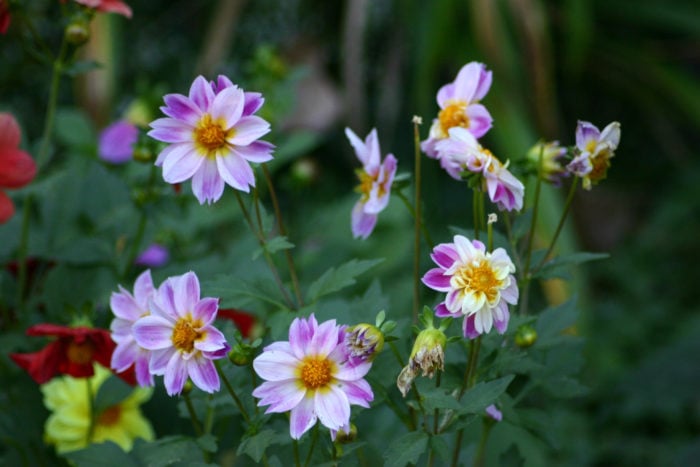Tips for Pruning Verbena Perennials and Bedding Types
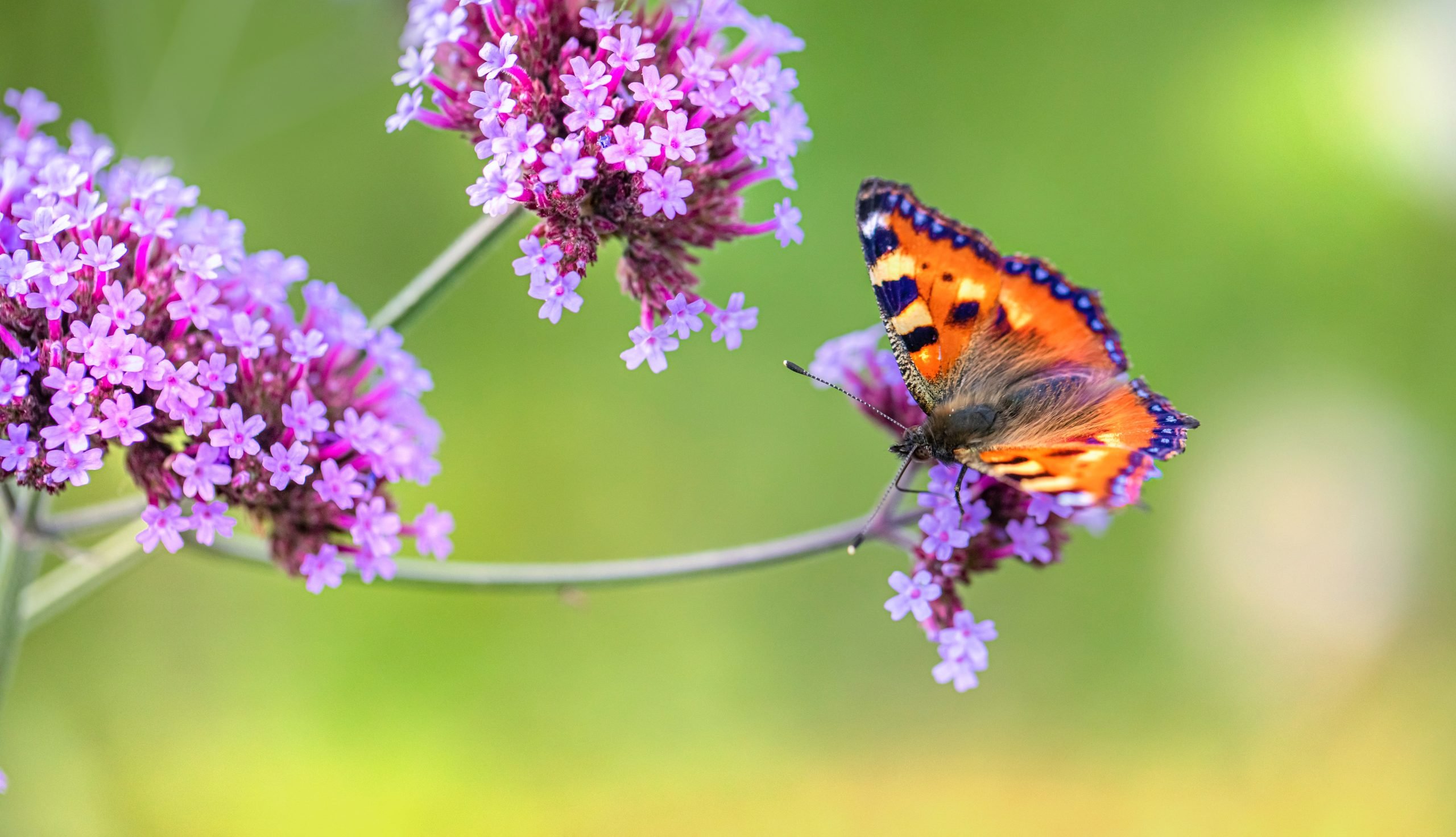
Table of Contents
Pruning refers to the process of trimming the branches of a tree or a plant. This is done to ensure that all unwanted leaves or branches are removed from the tree. The main reason why any plant requires pruning is to make certain that all unwanted, dead, decaying, and senescent parts are removed from the tree. Infected leaves can also be removed by pruning so that the plant remains healthy throughout its lifetime.
Verbena, also referred to as vervain, is one of the species that do not require extra care and attention. They are also termed cheerful plants as they are colourful and vibrant. Their fragrance elevates the mood of people. When provided with favourable conditions, they can survive on their own. Though Verbena plants don’t require any heavy pruning, this is still necessary for the growth of the plant and to protect the plant from any diseases or infections to be spread from the diseased parts of the plant.
Verbena pruning isn’t a complicated process. All you need is a pair of scissors or a trimmer, and you are ready to start.
Bedding and Perennial Verbena
Verbena plant is a very diverse species with more than 250 varieties across the world. It consists of both bedding as well as perennial varieties. The life span of bedding verbena is more than the perennial types. That’s why many perennial species are also grown as annual types for them to bloom the whole year.
The height of annual verbena is between 15-45 cm. The perennial verbena can be both short and tall. A few of them are just touching the ground, while some of them are tall and upright. Perennial verbena can survive excess heat and drought. Annual verbena performs well in the colder seasons, and perennial verbena performs better in the hot regions.
Examples of bedding verbena include the Quartz series, Romance series, Peaches and Creams, etc. Taipen series, Edith, and Imagination are examples of perennial verbena.
The pruning pattern for verbena depends on the type of verbena you are pruning. While bedding verbena requires trimming only in the flowering season, perennial verbena can be pruned before the spring. So for your plant to continue blooming, you should first know the type of verbena you have planted in your garden and then prune it accordingly.
Verbena Pruning of Bedding Types
These types of plants do not require heavy pruning. They require lesser pruning than the perennial verbena. They should be pruned during their growing season, i.e., during the summer months.
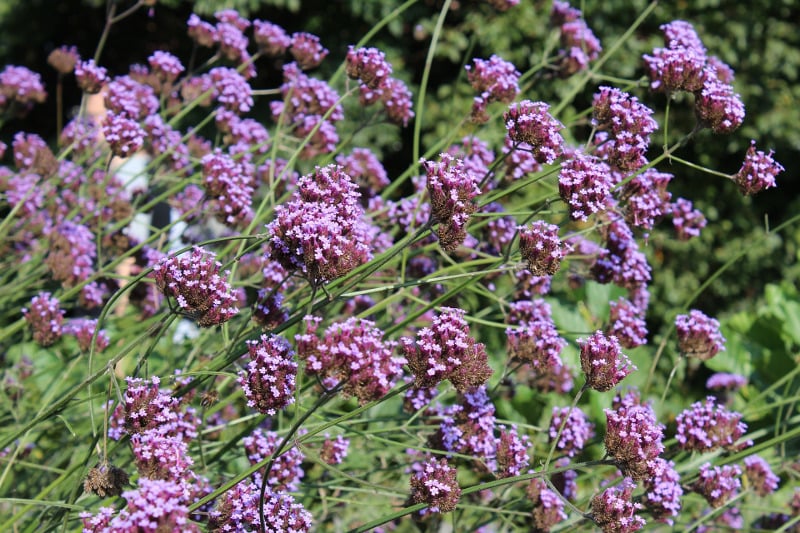
Pruning includes removing old and dead leaves and stems to encourage new and healthy growth from the existing as well as new stems so that more flowers bloom, enhancing the charisma of the place they are planted. Pruning must be avoided during the autumn season in case of bedding verbena else it will interfere with the plant’s growth.
How to Prune Verbena Bedding Types
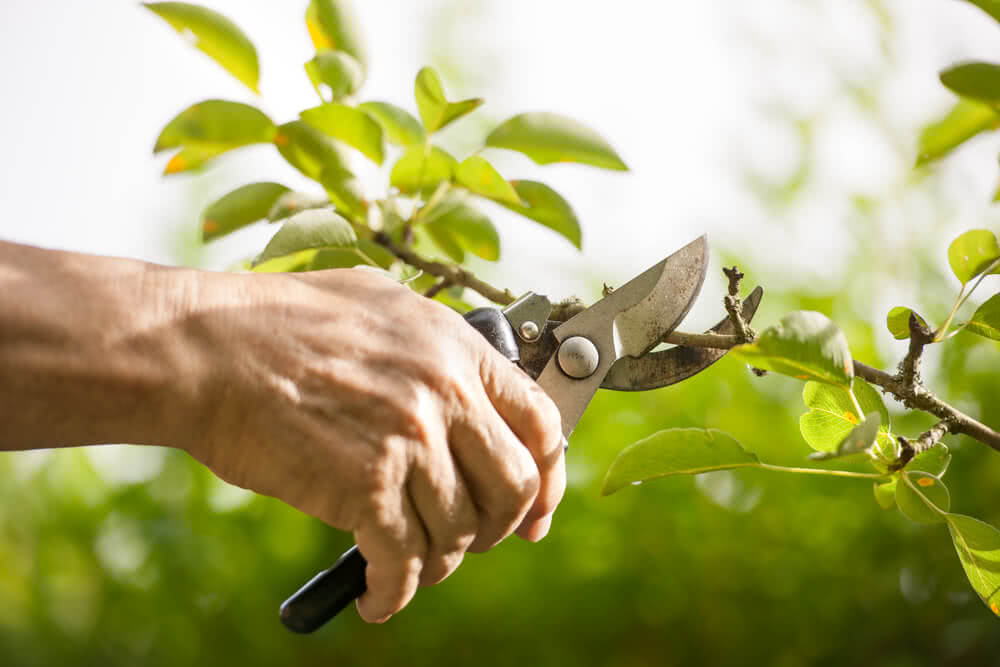
Step 1: Observance of Any New Growth
This will usually be observed around spring, often after the last frost. Green shoots in stalks around the base or leaves mark the need for pruning. Now your verbena plant is ready to be pruned.
Step 2: Trimming of Old Stems
Care should be taken to trim the old stems up to 2 inches or 5.1 cm above the ground. Also, remove dead stems or leaves as they will hinder the growth of new stems and leaves. Do not trim more than one-third of the plant height else; the plant might face side effects.
Step 3: Carefully Trim the Dead Parts of The Plant
If you observe any new growth in the verbena, then carefully cut above it, or you might cut the first blooms of the season. Do not cut the healthy parts of the plant.
Step 4: Remove the Seedlings
To prevent the propagation of the plant on its own, remove the seedlings from the ground. If these seedlings are not removed, then the plant will spread in the whole area leading to unwanted growth.
Verbena Pruning of Perennial Types
These types of plants require pruning before the blooming season. This encourages healthy growth in the upcoming season.
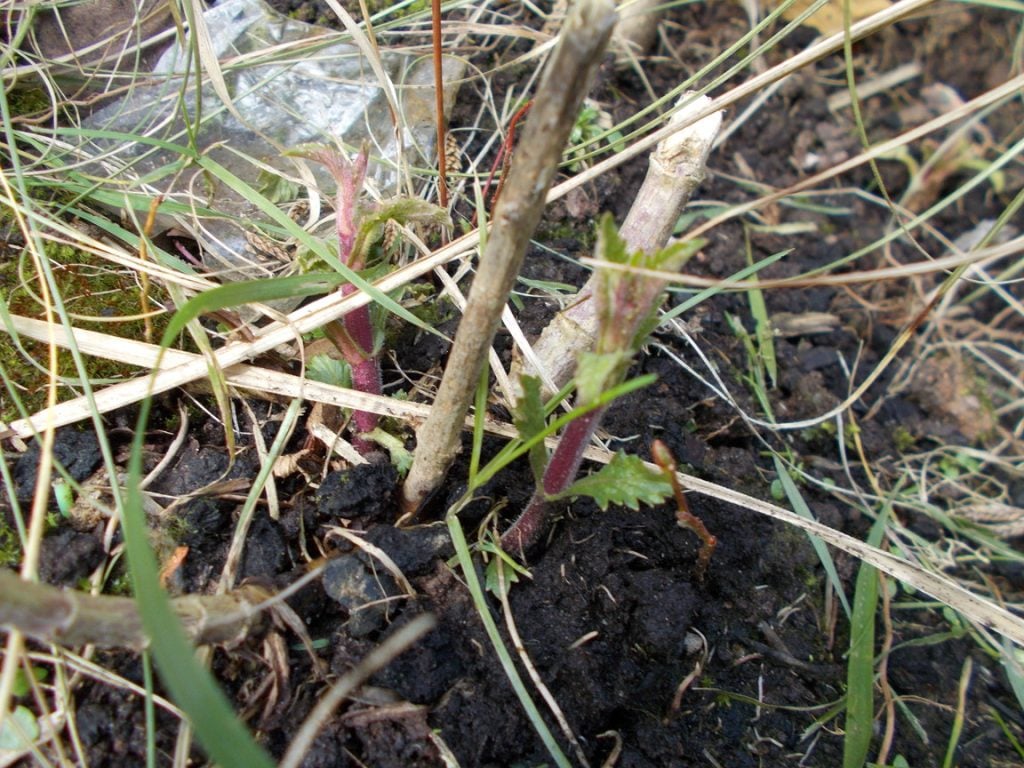
Verbena pruning of these types includes cutting the old stems to encourage upcoming growth and keep the plant in proper shape. Plants that are not pruned become overburdened by their old leaves, which poses the risk of damaging the plants and also promotes weed growth.
It is highly recommended not to prune perennials during the winter season as the growth acts as a protective cover during this time to protect the plant from any damage by animals or birds.
This also aids plants in self-seeding which is beneficial in the case when the plant is not able to survive in extreme conditions.
Steps for The Verbena Pruning of Perennial Types

Verbena pruning for perennial types can be summed up in the following steps:
Step 1: Prune After the First Blooming
It sounds a little odd, but yes, these types of verbena require pruning after the first blooming. This is done to ensure that the plant can flower during the whole flowering season.
Step 2: Prune from The Top
Do not trim from the bottom. Pruning is always done from the top. If you want your plant to bloom heavily, then by cutting a quarter of the plant’s height off, you can achieve that.
Step 3: Prune the Plant During the Whole Summer
Unlike bedding verbena, perennial verbena requires pruning during the whole summer season. You can trim the plant 3-4 times during the whole season. This will encourage the healthy growth of the plant during its blooming season.
Step 4: Remove Any Seedlings
If you don’t want the plant to propagate naturally, remove the seeds. Removing these seedlings prevents the plant from propagating.
Precautions While Pruning Verbena Plant
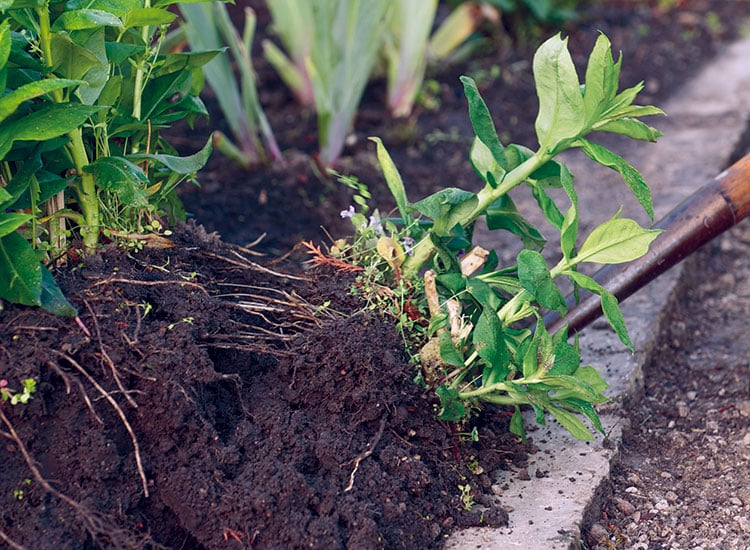
While pruning verbena plants, one should be careful because there are chances of damaging the desirable parts of the plant. One can even hurt himself while pruning. Hence, the following are a few precautions that should be taken while verbena pruning.
- Verbena plants do not require heavy trimming. So be a little careful when you are pruning your plants. Only trim the unnecessary growth.
- If plants are cut more than required, then the growth of the plant will stop. Hence, trim the plant carefully.
- Use a clean pair of scissors or trimmers to prevent the spreading of any infections from the equipment to the plants. Pruning should always be done with sharp equipment.
- Wear protective equipment such as gloves while trimming to protect yourself from getting injured while pruning the plant.
- You can even spray fungicides on the verbena post-pruning to promote healthier flower growth. Fungicides also prevent damage done to plants by the fungi.
- Use sharp equipment for verbena pruning. Blunt types of equipment will not give good results.
Why is Verbena Pruning Important?
Verbena pruning is important because of the following reasons:
- It Promotes New Plant Growth: Pruning helps in removing the extra growth of the plants and ensures that sunlight and fresh air are able to penetrate through the plant.
- It Removes the Unwanted Parts of The Plant: Whenever you trim a verbena plant, it helps to remove dead and diseased parts of the plant to ensure that the health of the plant is not affected.
- Pruning Helps to Control the Growth of The Plant: If the verbena plant is not pruned regularly, it will lead to excessive growth of the plant. To avoid this, it is important to prune the verbena regularly.
What Else Does Verbena Require Except for Pruning?
For the plants to bloom, verbena pruning isn’t sufficient; they also require deadheading. Deadheading is the process of removal of dead and dried flowers so that the growth of healthy flowers is guaranteed. It also enhances the appearance of the garden. Mostly deadheading is required for the annual species. Perennial species require deadheading but only in the spring season.
Deadheading isn’t tough. All you have to do is to remove the dead flowers once you see them. Deadheading should be done every time you spot dead flowers on your plant.
Conclusion
Verbena plants are the types of plants that do not require too much supervision and care. These plants are famous worldwide as they can bloom on their own. These plants have medicinal importance. They are used to treat multiple diseases like swelling, heart problems, depression, and many more.
However, apart from providing them with all the requirements for proper growth, we also need to ensure that they are pruned when required to ensure the full growth of the plant, and in the case of verbena, we need to be a little extra cautious as different verbena species have different pruning patterns.
Hence it is equally important to know the exact verbena pruning method so that these plants continue to enhance the beauty of the place they are grown, generating a happy and contented feeling.

